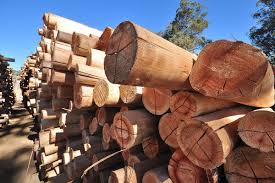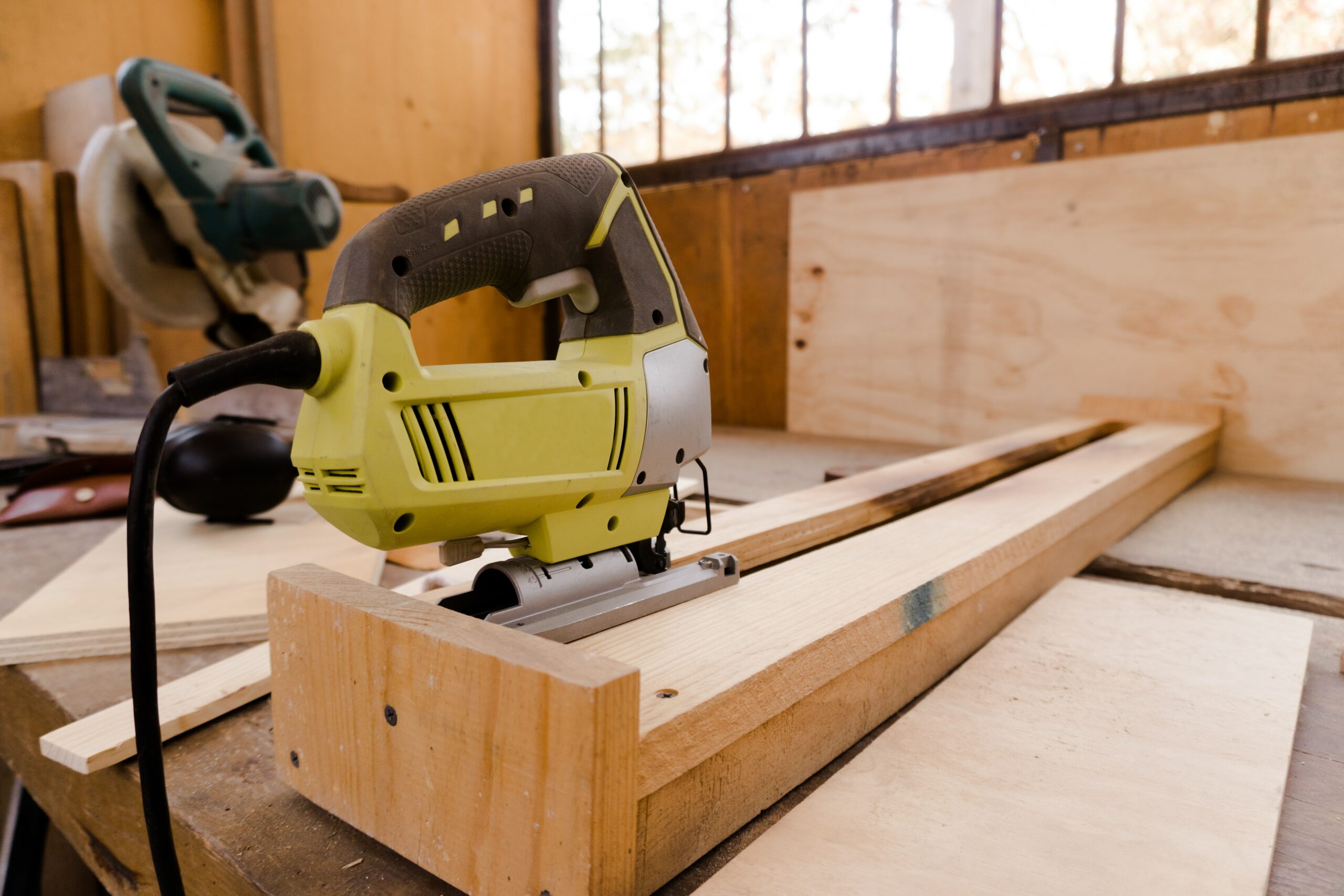Today’s lumber industry wastes nothing. It’s pretty remarkable and it makes wood one of the most sustainable building material we have available. We are going to look at how modern sawmills maximize efficiency and eliminate environmental impact. As they enter the mill, the first process is always properly purposing down every log to the last 2×4, furring strip, shim, chip and splinter. It all happens with impressive efficiency in one centralized location, after which packaging of the lumber follows for its final destination. Thanks to technology and the nature of wood, modern sawmills are yielding negative carbon lumber. How they achieve this is nothing short of amazing.
It Starts With the Logs
Consider trucks rolling in laden with logs, and someone has to size up and grade those logs quickly and accurately to turn a profit. Traditionally, saw millers assessed a log’s value by what they could see, determining three key characteristics:
- Tree Species. Discriminating between pine, softwood, for example, versus oak or walnut, hardwood, is important. This because they come from different mills, have different uses and hold different values.
- Log Quality. While the highest quality logs would often become veneers, others become saw logs for boards, pallet stock or pulp wood. It all depends on color, heartwood-to-sapwood ratios and defects like cracks, knots, rot, wormholes, spots and streaks.
- Log Scale. Considering the log’s quality, scale addresses how many usable board feet the log holds. A standard calculation uses diameter and log length to determine the yield of lumber in board feet.
Now, sawmills use grand-scale computerized systems of laser scanners, x-rays and optic sensors. This helps them to analyze each individual log in its entirety. Moreover, they do it all in greater detail, with greater accuracy and quicker than ever before. The systems identify a log’s wood species, its length and diameter, curvatures, taper, bucking, irregularities, internal flaws and metal fragments. Sophisticated algorithms can even evaluate woodgrain properties for tensile strength and their ability to withstand compression and shear.
Once scanned as virtual 3D models, each log gains an identity and personal profile that becomes key in determining a plan. It doesn’t matter whether they’ll be for the rafters, roof trusses or wood chips for engineered wood products like OSB. Armed with each log’s unique metrics, the system sorts the logs so that each is used to maximum benefit throughout every step of the process.
Technology Takes Over
Individualized analysis and algorithms enable a more customized approach. Throughout the rest of the milling process, machine stations will read the data, adjust it according to the tasks they perform and send it to the next stop. Scanning of the logs and their resulting pieces of wood would take place over and over again. This continues as they flow through a seamless network of conveyors. This process generally involves:
- Cutting of long logs to optimal lengths based on their diameter, taper and interior conditions.
- Grouping and storing them, ready for runs of particular wood species or board cuts.
- Debarking removes only the tree bark, without wasting layers of usable sapwood. Harvested bark often becomes mulch or fuel for a sawmill’s drying kilns, for example.
- Gang saws use multiple blades and computerized precision to get the maximum value from each log. There’s no guessing.
- Curved lumber becomes manageable thanks to flexible guided saws. Instead of fighting the grain, the blade follows it, resulting in a long board ready for weighing, kiln-drying, selling and usage.
- On-site kilns bake the sawn lumber, using biomass from the mill processes as an energy source.
- Planers and edger give boards that smooth finish and the shavings become prime bedding material for horses.
- Trimmers take another look at the boards, ensuring standard lengths and searching for any final imperfections.
- Stackers ration out boards in sets, building neat bundles in weatherproof wrap ready for delivery to a work site or lumberyard.
Systems are inventorying and accounting for every board foot, every piece of structural or dimensional lumber and every by-product. This protocol has taken accountability and efficiency to the point of being able to generate a responsible, green plan for every tree harvested.
High-Tech Sawmills Aim for Negative Carbon Lumber
In achieving a negative carbon footprint, modern sawmills are actually aiming to remove carbon dioxide from the environment. They’re starting with a natural, environmentally friendly raw material that is readily renewable and sustainable. Then, they’re using technology to eliminate one of the worst generators of greenhouse gases in our world.
Just by existing, our forests are carbon sinks. This means they accumulate, store and consume more available CO2 while alive than they release when decomposing. Voluntary forest certification programs like the Sustainable Forest Initiative come in to maintain that overall balance. They work to ensure that certified wood products come from well-managed forests that are sustained and renewed.
After harvesting the trees, technology allows for full-cycle sawmill complexes. These complexes are able to transform raw logs into bundles of finished lumber with minimum damage or waste. In fact, “waste” is useful as biofuel during processing. It is also useful in creating wood fiber composites, engineered wood building components or paper products. The breadth and scale of the workflow also leads to mitigation of the transportation costs .











